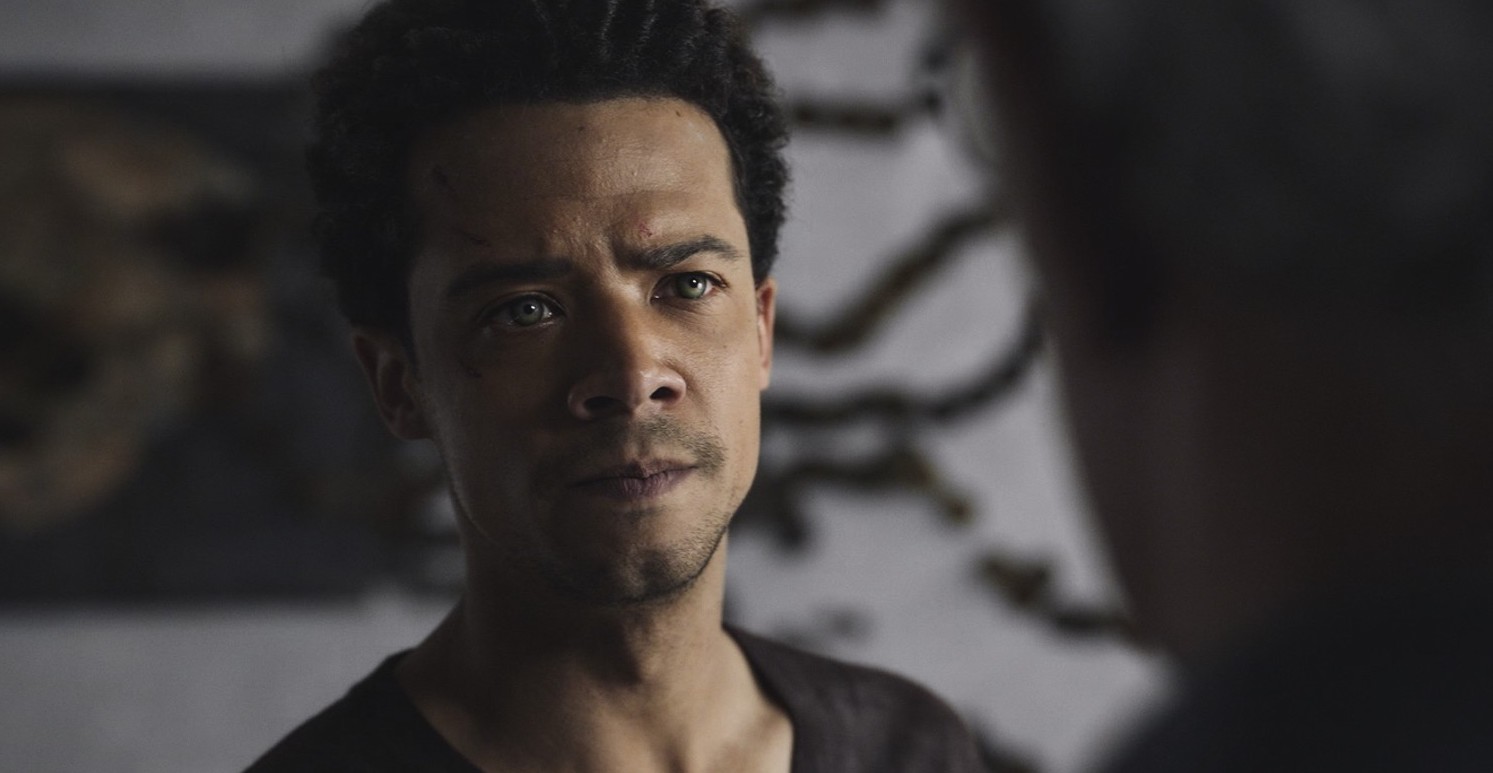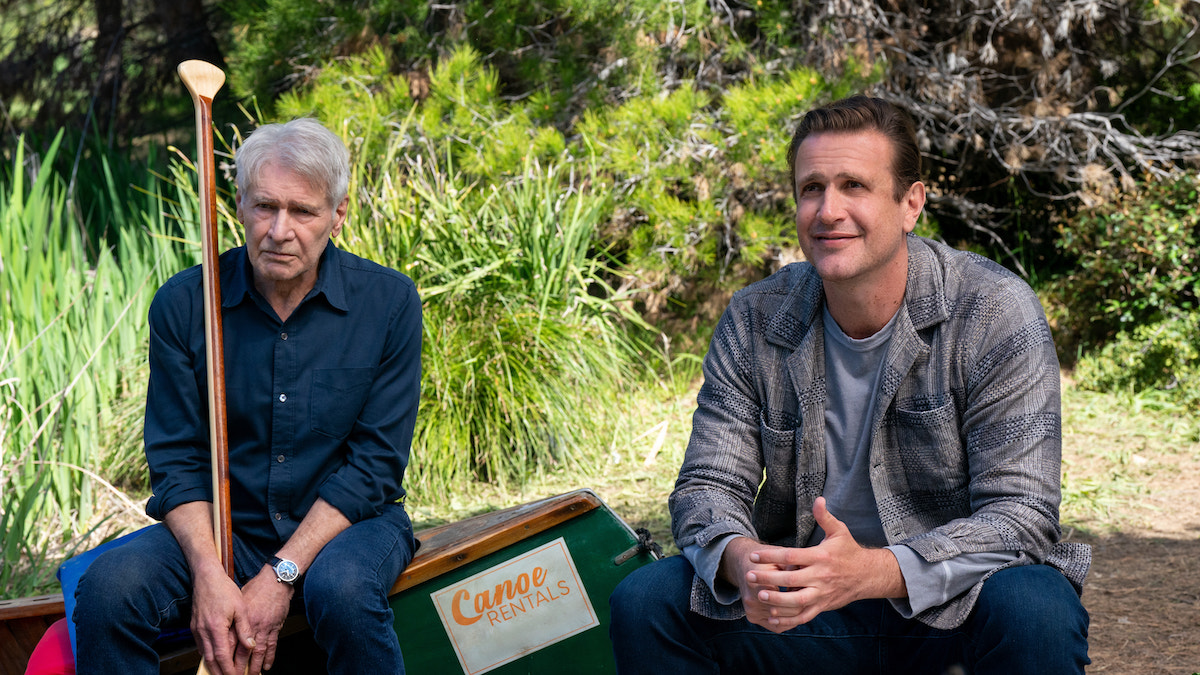The first season of the Paramount+ series “Tulsa King” was an immediate hit with action fans who were thrilled to see Sylvester Stallone back in his element as tough guy Dwight Manfredi, a New York mobster who finds himself hilariously out of his element in Tulsa, Oklahoma. One of the show’s many pleasures was seeing the ’80s action icon not only going back to his roots, but doing what he used to do better than ever — the show’s irresistible blend of sardonic comedy and visceral set pieces gave Stallone the best part of his career and his most entertaining showcase since Walter Hill‘s “Bullet to the Head” almost 15 years ago.
Expectations were therefore high for Season 2 to match or surpass the quality of action that had been established, and “Tulsa King” stunt coordinator Freddie Poole felt the pressure. “Riding on the heels of Season 1’s success, I knew we wanted to do something bigger,” Poole told IndieWire, noting that increasing the ambition was no easy task given the show’s challenging production schedule. “We’re always shooting two episodes at the same time and prepping two others while we’re shooting, so that’s four episodes you’re in charge of at once. It becomes like a puzzle that I’m trying to work out.”
Although Poole may have felt stretched thin — he says the single hardest thing about stunt coordinating on “Tulsa King” is properly allocating his time — the strain doesn’t show in any of Season 2’s set pieces, which more than deliver on the show’s signature blend of dark comedy and shocking violence. In episode 9, for example, there’s an elaborate shoot-out at the Fennario horse ranch that involves a rival gang and Manfredi’s soldiers going head to head. The combination of gunplay, hand-to-hand combat, slashings, and stabbings happens so quickly that it’s funny and disturbing in equal measures.
To stage the scene, Poole looked to a modern action classic for inspiration. “The thing about that sequence is there’s not a lot of dialogue,” Poole said. “So what can we do to fill the screen with something that’s really cinematic? One of the movies I always reference is ‘Last of the Mohicans,’ where in the last nine minutes there’s very little dialogue but they tell quite a bit of story.” Once Poole broke down the script and figured out the key story points that needed to be made, he mapped out the action to have each beat of violence build to those points, and all at once — resulting in one of the most exhilarating pieces of action filmmaking this year.
Later in that same episode, Manfredi’s main rival Ming is dispatched with a tomahawk to the head in another gory but grimly funny moment. Selling that gag required a close collaboration between Poole, actor Rich Ting, and the special effects department to create a prosthetic appliance that enabled the crew to shoot the moment practically on set. “The special effects makeup team created a life cast of Rich Ting, and then made the prosthetic so we could basically just lay the prop axe in his head,” Poole said. “That allowed us to get really creative with the scene.”

Perhaps the most impressive set piece in Season 2 of “Tulsa King” is the fight at the wind farm that takes place in episode five, and it’s one that required considerable planning on the part of Poole and his team. “That required a lot because it wasn’t just Sylvester Stallone fighting someone else,” Poole said. “It was a big group versus another group.” To prep for the sequence, Poole created two separate pre-viz videos, a preliminary one shot on a stage with marks where the action would be laid out, and a second one that refined the plan once Poole was able to work on the actual location.
“Then we had a rehearsal day with the actors where we rotated the cast as we brought them in to dial in all their action choreography,” Poole said, noting that he wanted to give emphasis to one particular actor, Mike Walden, who plays Manfredi’s soldier Bigfoot. “Mike is a wrestler by trade, so I just hit him up and said, ‘Hey, let’s spitball here. What kinds of things are you known for? What do you like to do in the ring? Let’s incorporate some of that into this fight sequence.’ That gave us certain moments that are comedic in the middle of a sequence that’s otherwise serious in tone.”
Poole gives Stallone credit for collaborating on the action sequences to work out not only his own beats but those of the other actors. “He always has thoughts and input, and there’s a certain level of trust in our relationship,” Poole said, noting that he’s been collaborating with Stallone since he first worked as the actor’s stunt double on “Bullet to the Head” and “Escape Plan.” Poole said he knew he had something with the wind farm sequence when Stallone stayed on set after his pieces were shot just to watch what was going on.
“I said, ‘Sly, you’re done. You’re wrapped. Thanks for being here,’” Poole said. “And he just pulled up a chair and hung out and watched.” At one point, Poole overheard Stallone making a comment to someone else about him that summed up how he feels protected by the actor when they work together. “He said, ‘He’s in his element. Let him be.’ There’s a huge underlying message in those two little sentences. It means he has my back. This is a cutthroat business, and to have his unwavering support means a lot.”



